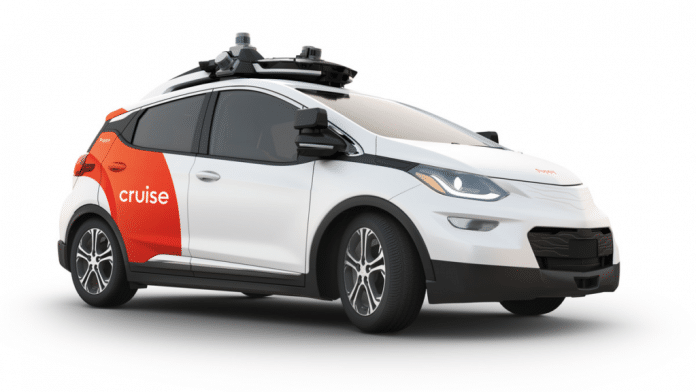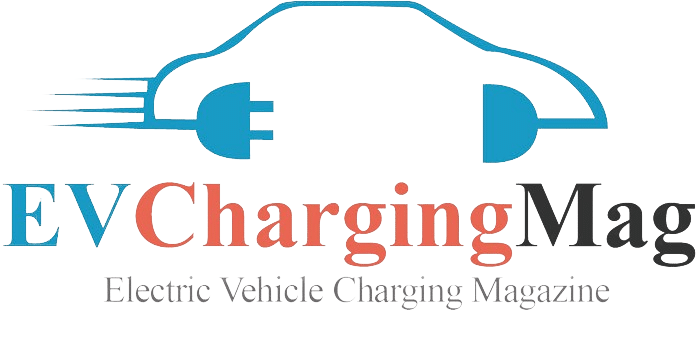Cruise, General Motors’ pioneering autonomous taxi venture, is preparing for a strategic relaunch. The company plans to resume its driverless taxi service in an undisclosed U.S. city. This move signifies a major step in Cruise’s evolution, following a series of regulatory challenges.
Overcoming Regulatory Hurdles
California’s authorities recently stopped Cruise’s vehicle operations on public roads. This decision came after a pedestrian suffered injuries from a Cruise self-driving car. In response, Cruise suspended its U.S. operations, which led to significant internal changes. CEO Kyle Vogt and chief product officer Daniel Kan resigned, and the production of the Origin driverless pod paused temporarily.
Focusing on Bolt EV-based Models
Cruise’s relaunch will primarily utilize the Bolt EV-based autonomous vehicles. These models have been involved in various incidents in the past. However, the company remains committed to the Origin model in its long-term strategy.
Texas as a Potential Launchpad
Considering California’s recent ban, Texas emerges as a potential launch site for Cruise’s robotaxi service. Texas offers a more favorable environment for autonomous vehicle operations, already hosting Cruise activities in Phoenix and Austin.
Safety and Trust at the Forefront
Cruise emphasizes its commitment to safety and trust rebuilding. The company plans to start operations in one city, showcasing its enhanced performance and safety standards, before considering further expansion.
Internal Restructuring and Financial Outlook
Cruise also plans to streamline its workforce, with job cuts mainly in non-engineering departments. Detailed information on this restructuring will be available in mid-December. Financially, Cruise continues to face challenges. Under GM’s ownership, the company has lost over $700 million in the latest quarter and more than $8 billion since 2016.



